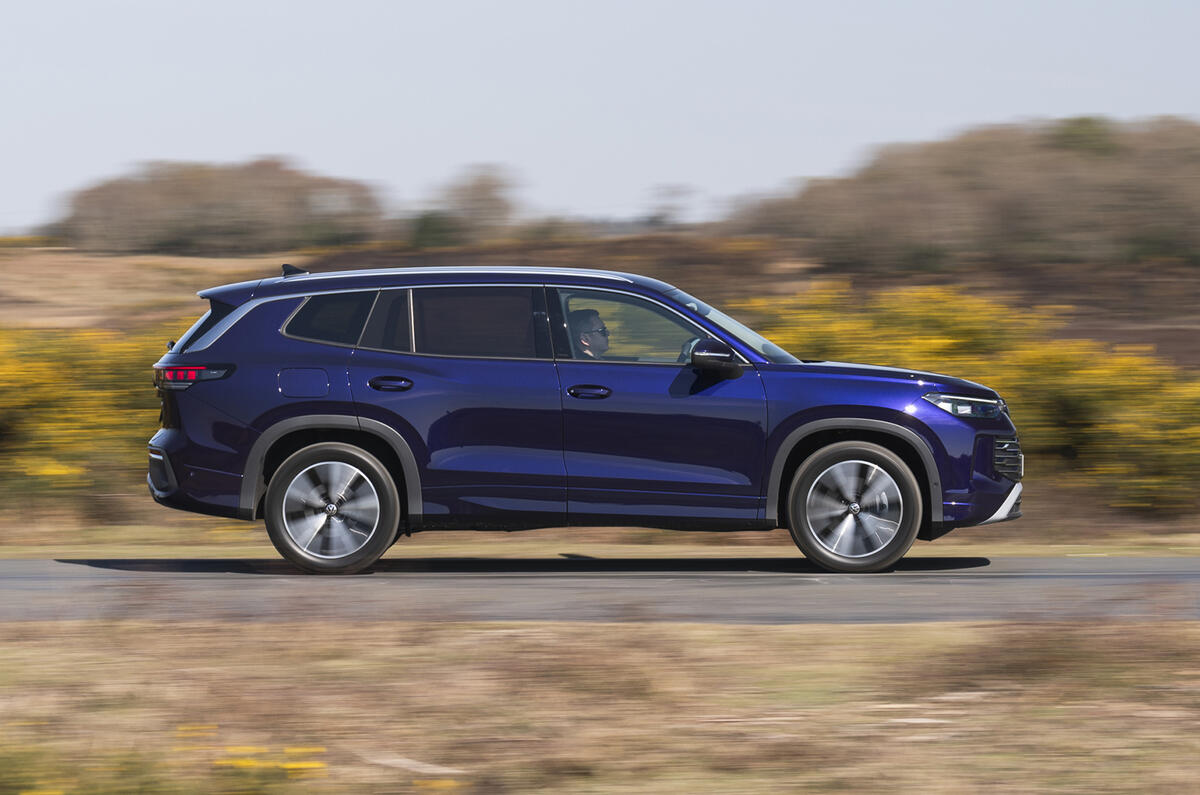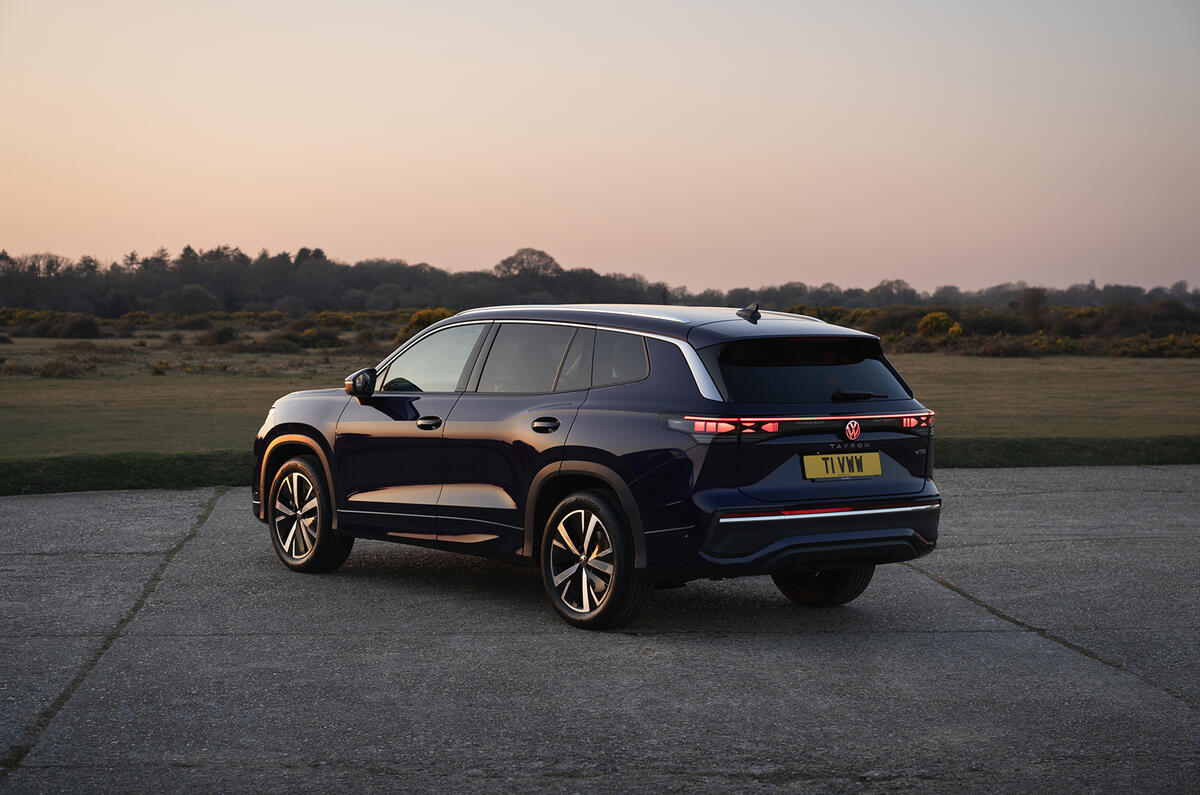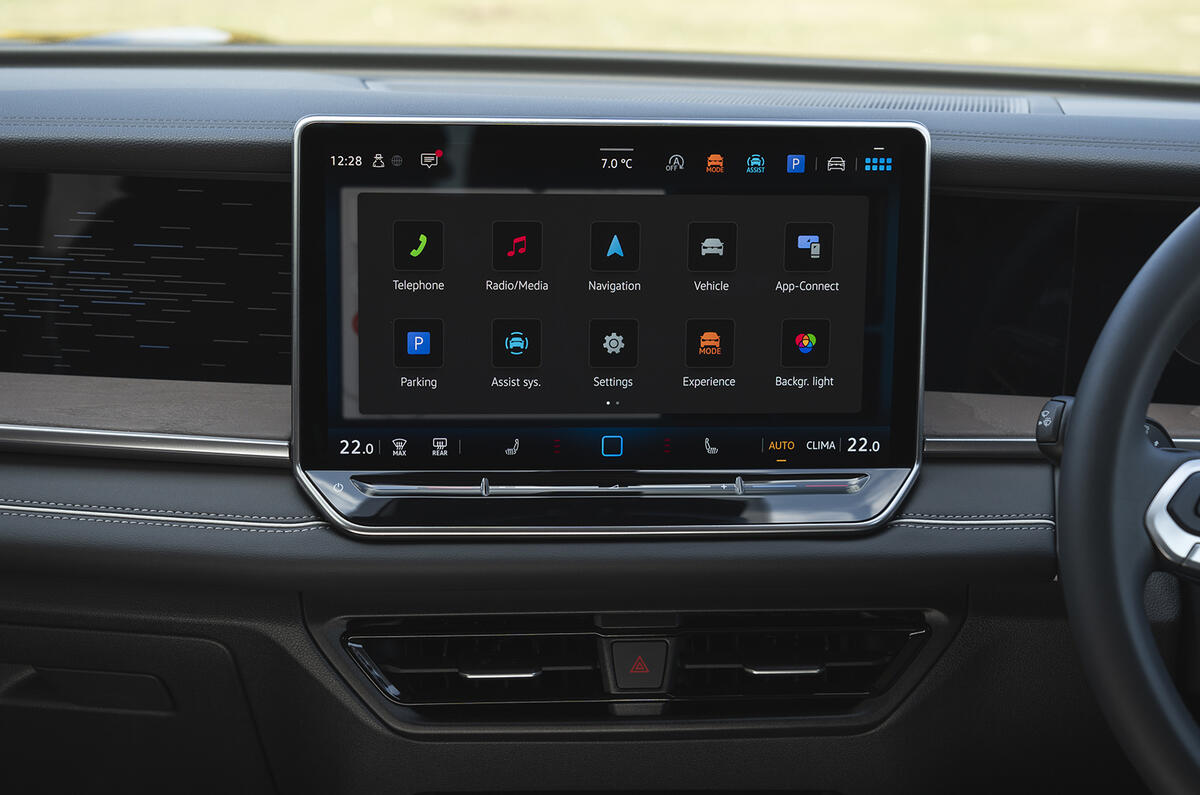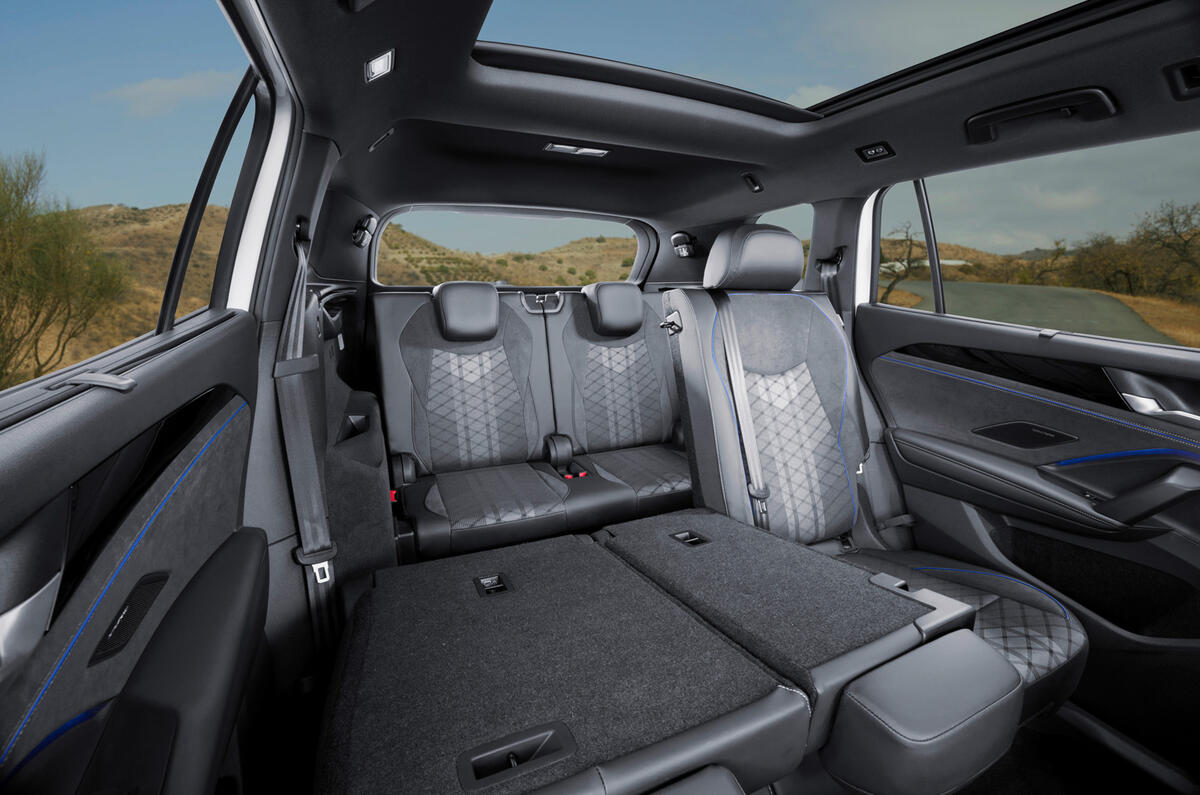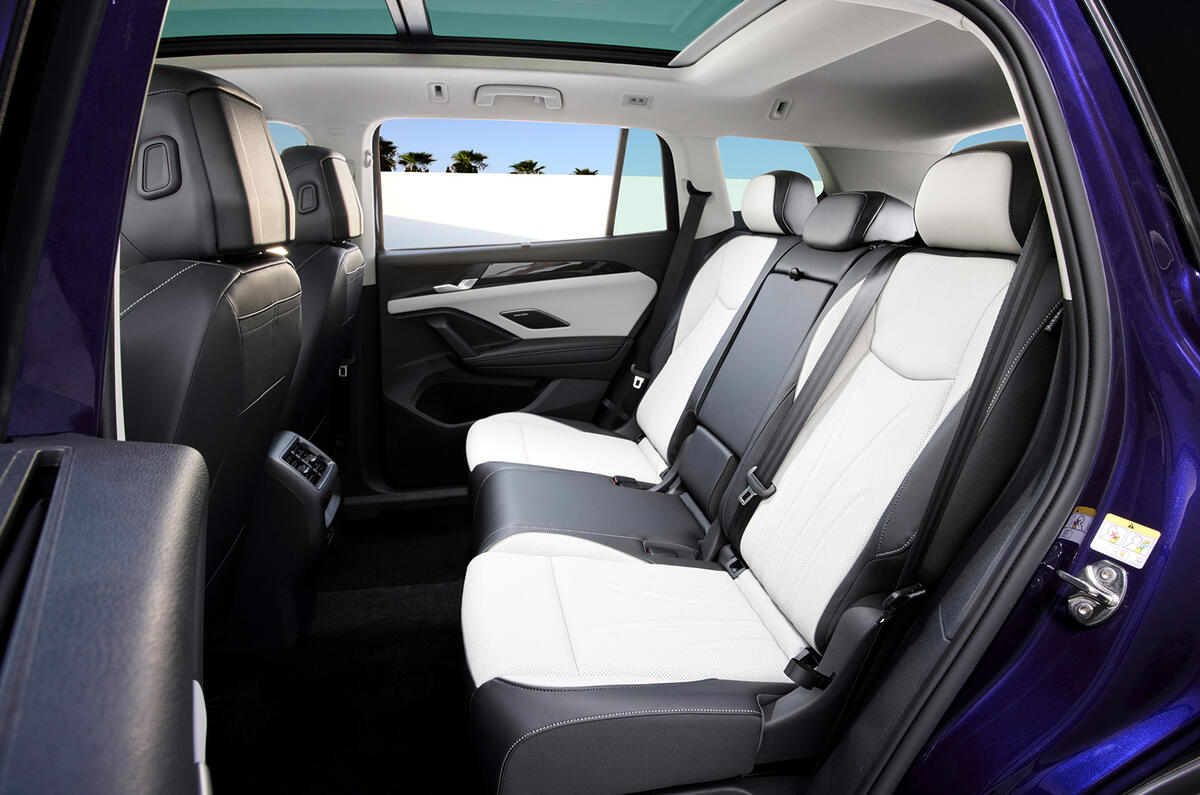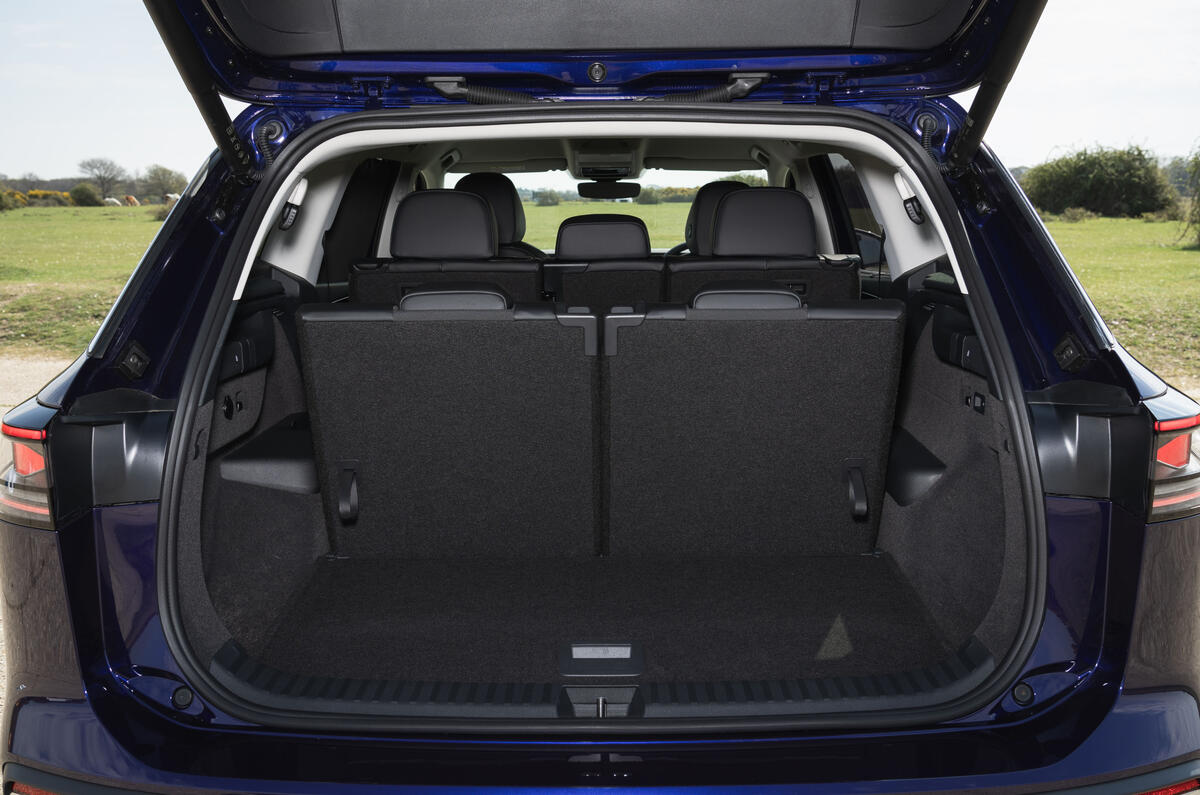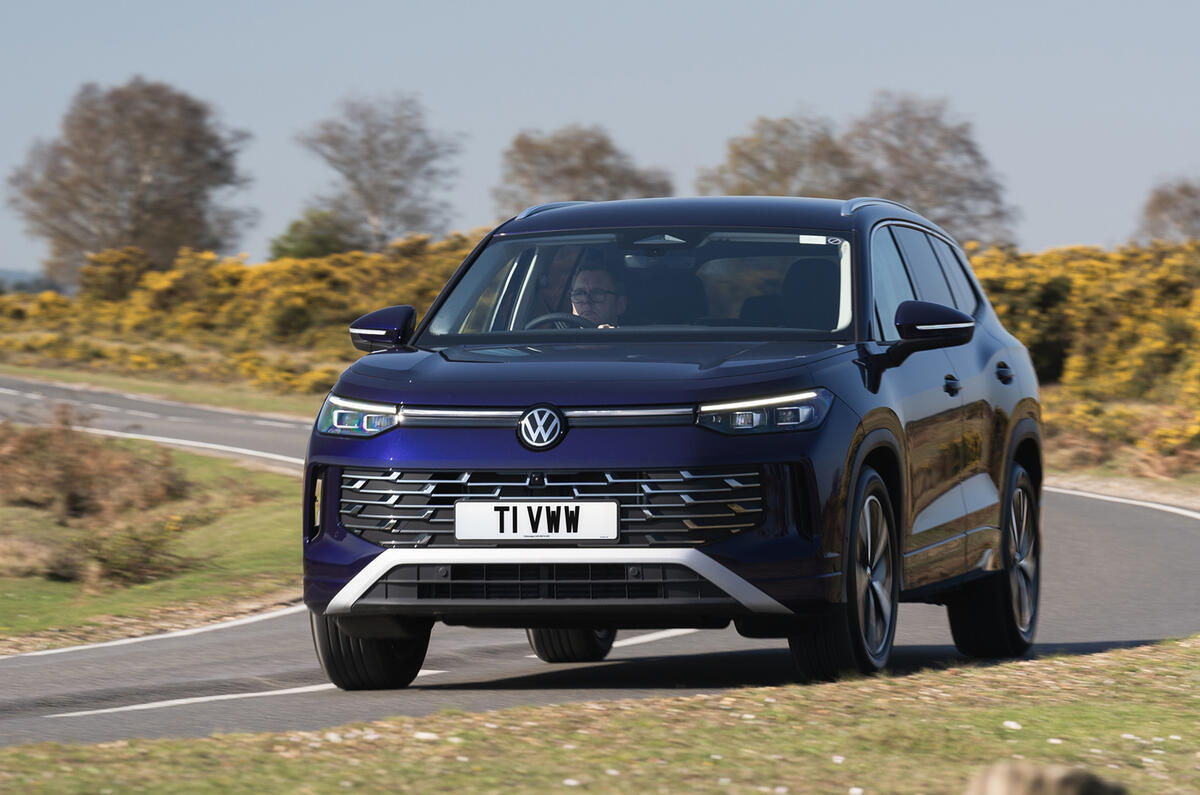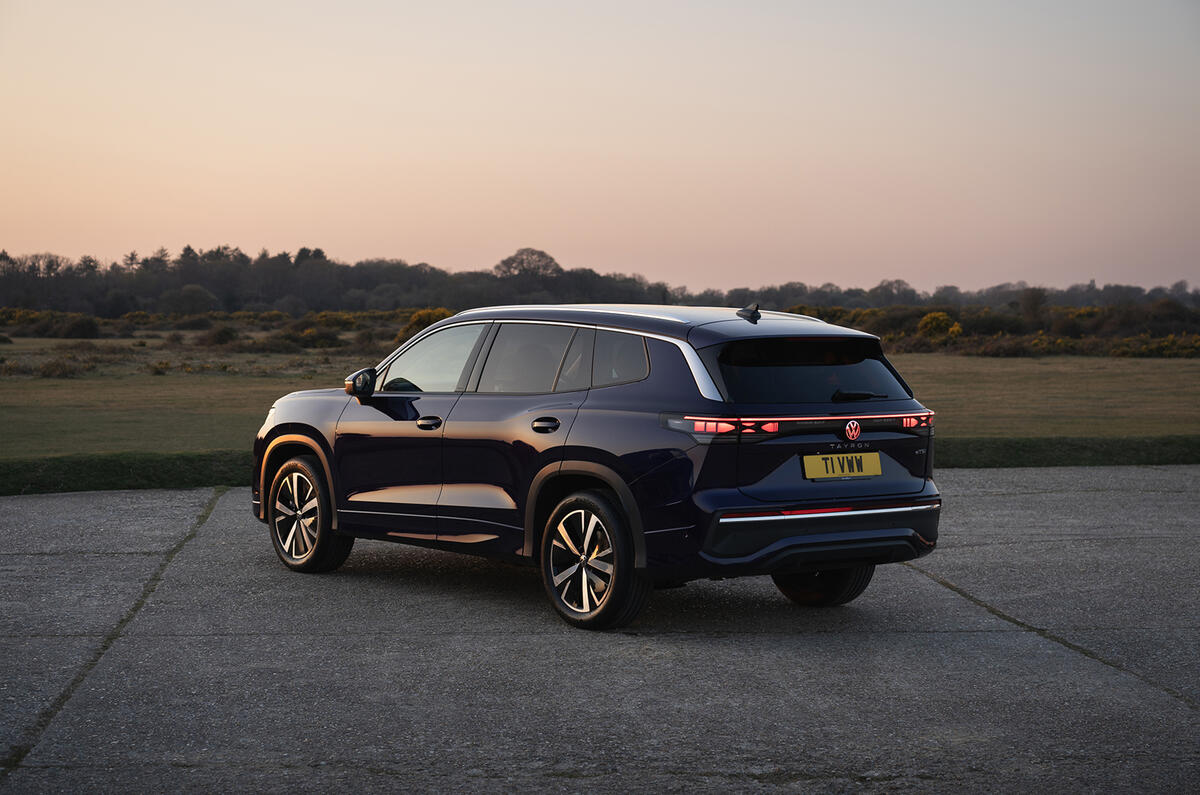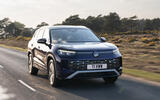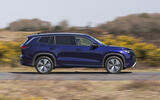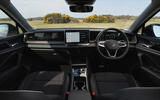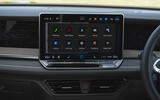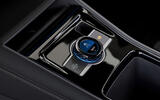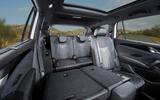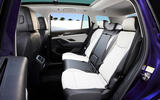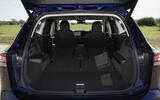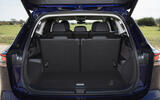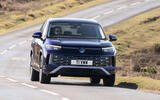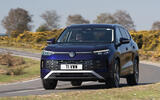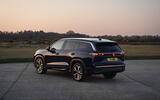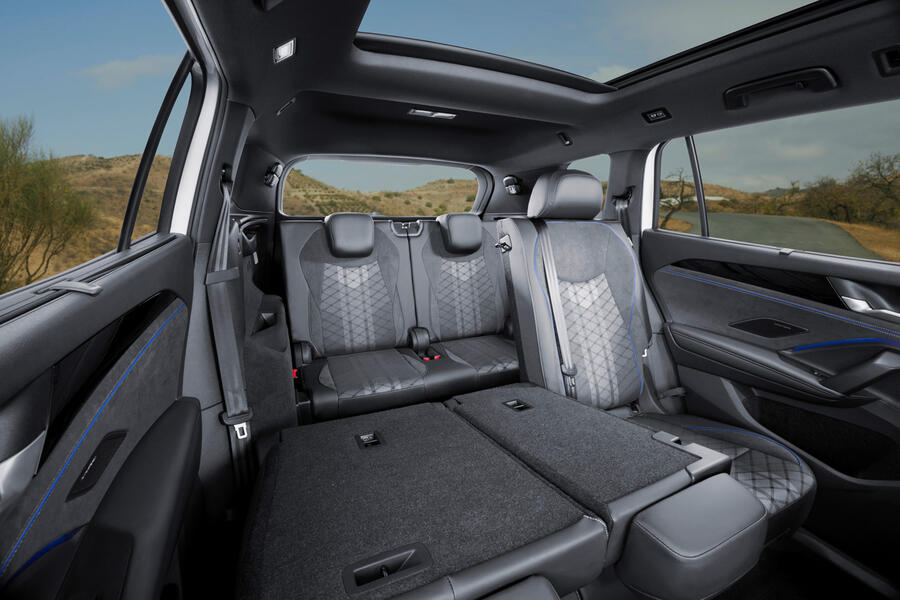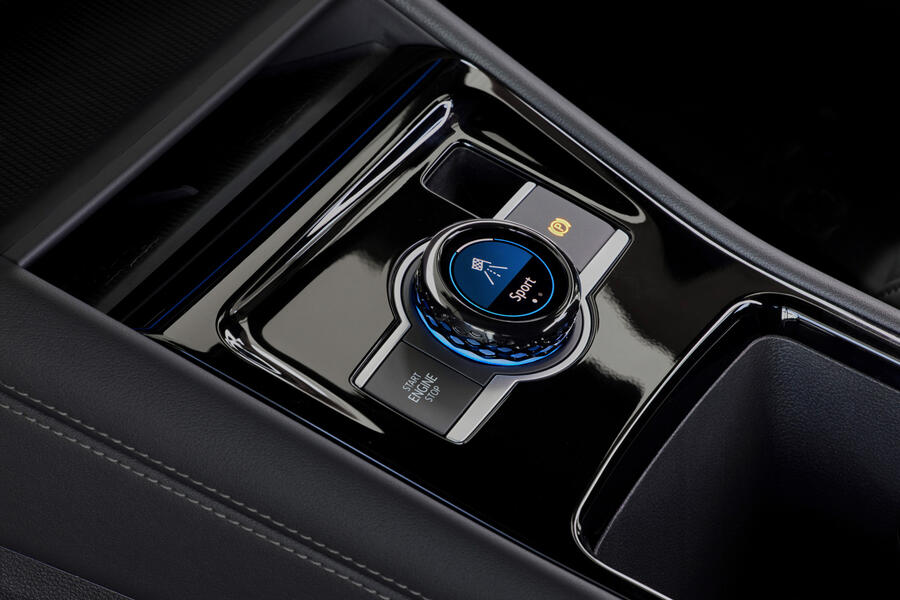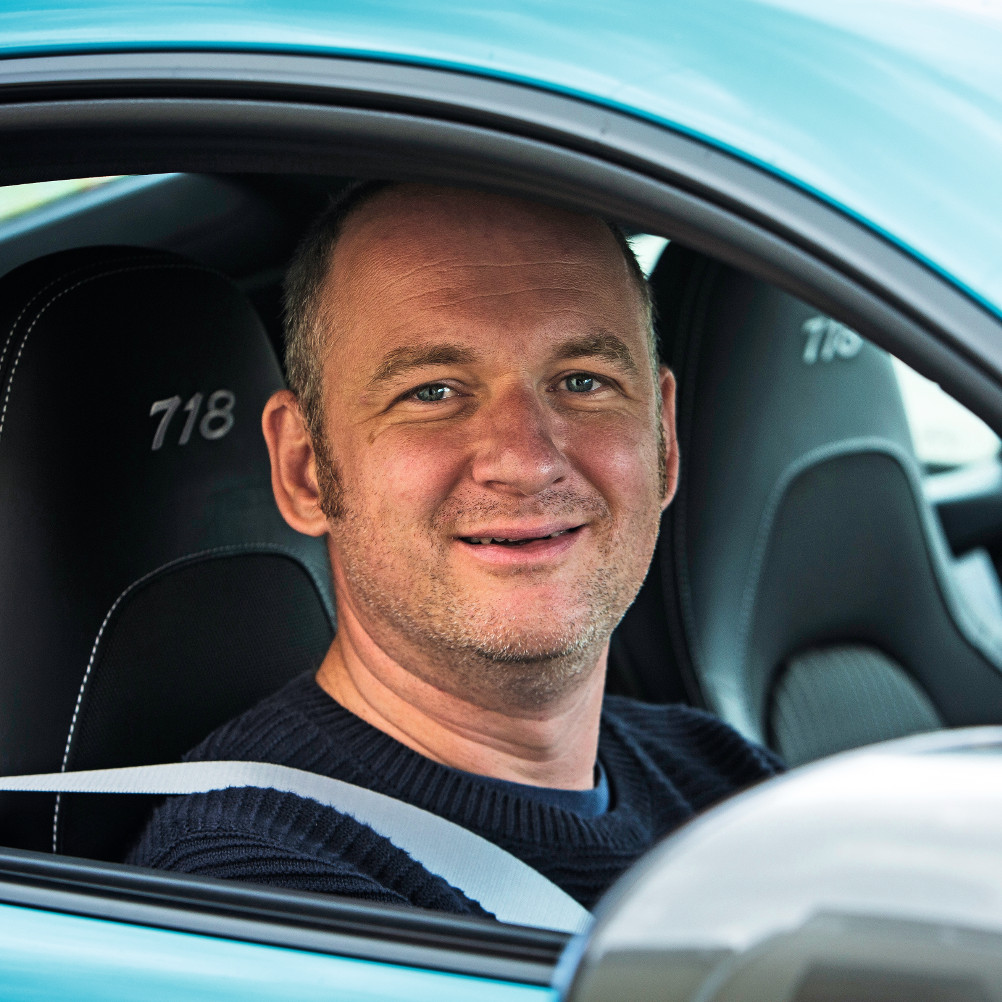Those of you who know your Chinese cars will be aware of the Volkswagen Tayron name from a crossover produced collaboratively by Volkswagen and FAW – but in 2025, it's going global.
This new Tayron is an entirely new model that plugs the gap formerly filled by the Tiguan Allspace, offering a longer wheelbase, increased practicality and the choice of five or seven seats.
It sits just above the regular, five-seat Tiguan and below the range-topping, luxury-geared Touareg.
It's therefore a natural rival to the Hyundai Santa Fe, Skoda Kodiaq and Peugeot 5008, all of which have received comprehensive updates in the past 12 months.
Volkswagen Tayron range at a glance
The Tayron offers one of the widest powertrain selections of the Volkswagen range, with petrols, diesels, mild hybrids and plug-in hybrids all on offer.
The UK market gets the entry-level mild-hybrid 1.5 eTSI, both PHEVs, two diesels and the range-topping 2.0-litre petrol with 262bhp.
| Version | Power |
|---|---|
| 1.5 eTSI | 147bhp |
| eHybrid 204PS | 201bhp |
| eHybrid 272PS | 268bhp |
| 2.0 TDI 150PS | 147bhp |
| 2.0 TDI 193PS | 190bhp |
| 2.0 TSI 204PS | 201bhp |
| 2.0 TSI 265PS | 262bhp |
New Volkswagen Tayron cars in stock





